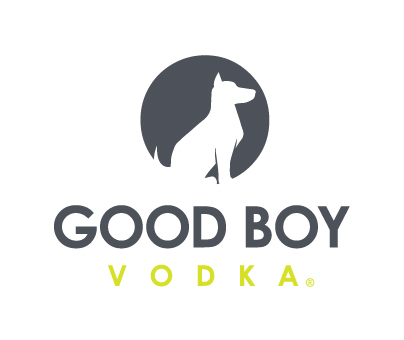Upcycled Food Association Adopts Upcycled Certification Standard

Things are getting official: as upcycled food brands grow in popularity and consumers continue to scrutinize the environmental impact of what they consume, the Upcycled Food Association (UFA) is taking a major step in helping to shape the way consumers view this emerging movement. The Upcycled Certification Standard, announced last week by UFA after nearly a year in development, lays out requirements for certification of upcycled products and ingredients to both create a consumer-facing label and establish industry alignment.
Created in 2019, the UFA is a research, strategy and networking group composed of over 100 members across the natural products industry, and its comprehensive certification standard is aimed at growing the upcycled food movement by providing a clear and reliable touchpoint for sustainability-minded consumers.
“There isn’t this central mark right now that helps identify this is a product that is helping to prevent food waste,” said UFA COO and co-founder Ben Gray. “The certification is about helping consumers live their sustainability values every time they purchase something.”
The starting point for the certification was the upcycled food definition that the UFA developed last spring. At the time, the organization defined an upcycled food as one that uses “ingredients that otherwise would not have gone to human consumption, are procured and produced using verifiable supply chains, and have a positive impact on the environment.”
From there, the UFA formed The Upcycled Certification Standards Committee, composed of experts with experience in creating other food certification standards, representatives from companies producing upcycled ingredients and products and sustainability academics and researchers. To begin, the group looked at other food industry certifications such as organic, non-GMO and Fair Trade, according to Gray, who is also the Standards Committee co-chair alongside Jaclyn Bowen, executive director at the Clean Label Project and Francesca Goodman-Smith, waste minimization manager at grocery distributor FoodStuffs, New Zealand.
The group created several drafts of the standard before approving it, and it was subject to rounds of comment periods by legal and policy experts, government agencies, industry certification bodies, brands and consumers.
The standard, available to view in full on the UFA’s website, takes a “wide-tent approach” which “celebrates the use of upcycled ingredients in all amounts,” the document states. It outlines three designations for upcycled products and ingredients, which in turn correspond to different callouts: certified Upcycled Ingredients (UI), Product Containing Upcycled Ingredients (PUI) and Less Than PUIs. Each certification can be used by brands across categories including food and beverage, dietary supplements, pet food and household cleaners. For all products, companies must submit a third party supply chain audit and self reported information about upcycled content within an ingredient or CPG product, waste monitoring and greenhouse gas emissions.
A certified UI, which is not a consumer facing good, is a product that is consistent with the upcycled food definition the UFA released last spring. The ingredient must be at least 95% composed of an input diverted from waste streams, such as spent grain from brewing.
Meanwhile, A PUI must have 10% of its weight made up of upcycled ingredients, or meet a certain threshold for the amount of food waste diverted during production over the course of a year. These products will have a certification on the front of pack, and are using their upcycled nature as a point of differentiation to consumers, Gray said. Finally, for those food brands that do not meet that threshold, a “Less Than PUI” designation is available and can be featured in back of pack labeling to indicate the product does not meet PUI standards but still uses upcycled ingredients.
Gray anticipates that of the approximately 400 upcycled products the UFA estimates are currently in the U.S. marketplace, the majority will be able to achieve one of the UFA’s new seals. The goal, he said, is to include as many different upcycled food use cases as possible “without sacrificing rigor.” When creating the standard, the committee took into account that certification processes can create a barrier to entry for smaller brands and sought to avoid this issue. For example, Gray said the current standard only requires brands to report the sources of their greenhouse gas emissions rather than fully quantify them, the latter of which is far more arduous.
“The goal really was to make sure that applicants are practicing what they preach, because upcycled food has this great promise of food waste prevention, and we want to make sure that actual food waste prevention is happening,” he said.
In the next few weeks, the UFA will begin accepting applications for its Beta Program, a pilot initiative which will help them better understand how long the certification process will take. Certification will begin with companies in the U.S. before expanding internationally, the UFA said.
While the idea of upcycled food might not be new, Gray said, the upcycled foods movement, like other food movements that have come before, will take time to be widely adopted by consumers. The certification, he hopes, will jumpstart this adoption, noting that brands have often struggled to articulate their upcycled nature without an authorized label to support it.
“This is something that’s going to hopefully accelerate that growth and ultimately allow our food system to move to somewhere that is more sustainable, and allows people to participate in making the food system more sustainable by purchasing upcycled,” Gray said.
















